1-Day Great Wall of China Outdoor Adventure Itinerary
The Great Wall of China, China
1 days





About The Great Wall of China, China
Experience the grandeur of one of the world's most iconic landmarks, The Great Wall of China. Spanning over 13,000 miles, this UNESCO World Heritage site offers breathtaking views and a rich history dating back over 2,000 years. Embark on a journey through time as you traverse its ancient steps, exploring watchtowers and battlements. Whether you choose a guided tour or a solitary hike, the Wall's majestic beauty and the surrounding scenic landscapes will captivate you. Don't miss the chance to visit the most preserved section at Mutianyu, or the wild and rugged Jiankou. This trip promises a unique blend of adventure, history, and culture that will leave you with unforgettable memories.
1-Day Itinerary
Attractions in Itinerary (2)
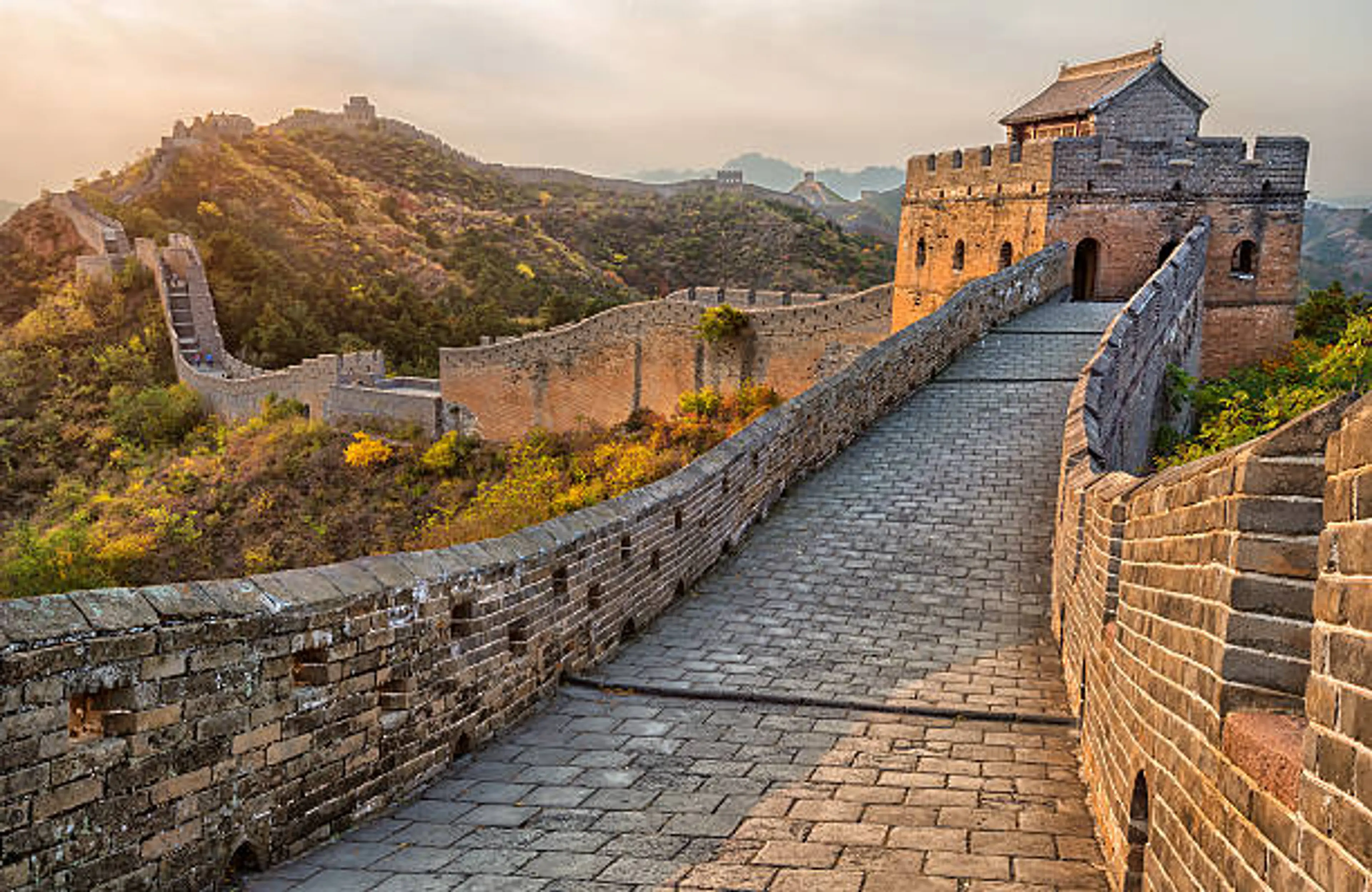
1Mutianyu
Mutianyu is a section of the Great Wall of China located in Huairou District within the city of Beijing. It is one of the best-preserved parts of the wall and a popular tourist destination due to its proximity to Beijing and its distinctive watchtowers.
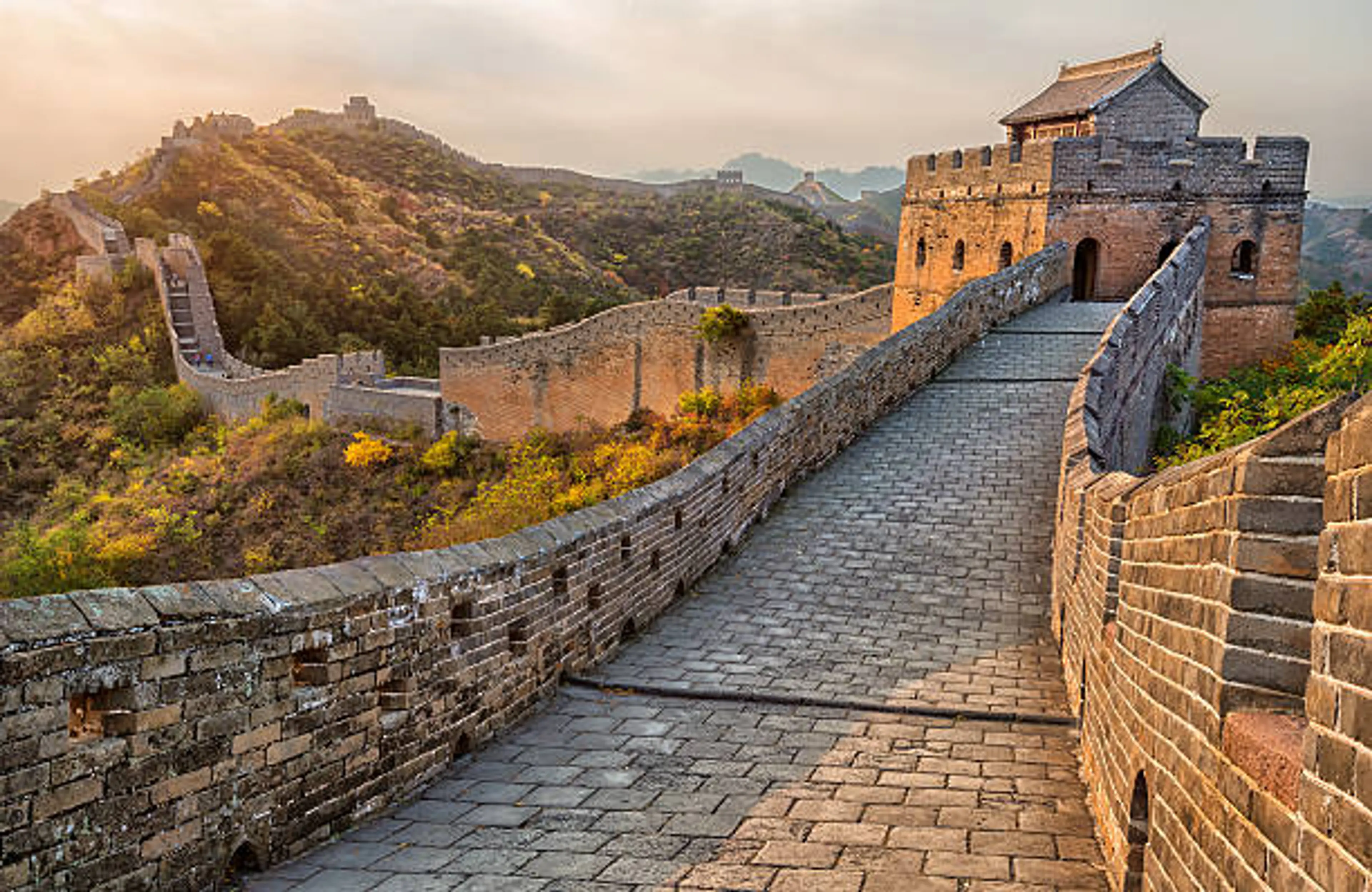
2Great Wall of China
The Great Wall of China is a series of fortifications that were built across the historical northern borders of ancient Chinese states and Imperial China as protection against various nomadic groups from the Eurasian Steppe. It is a UNESCO World Heritage Site and a symbol of China, attracting millions of tourists each year.
Local Food and Drinks (12)
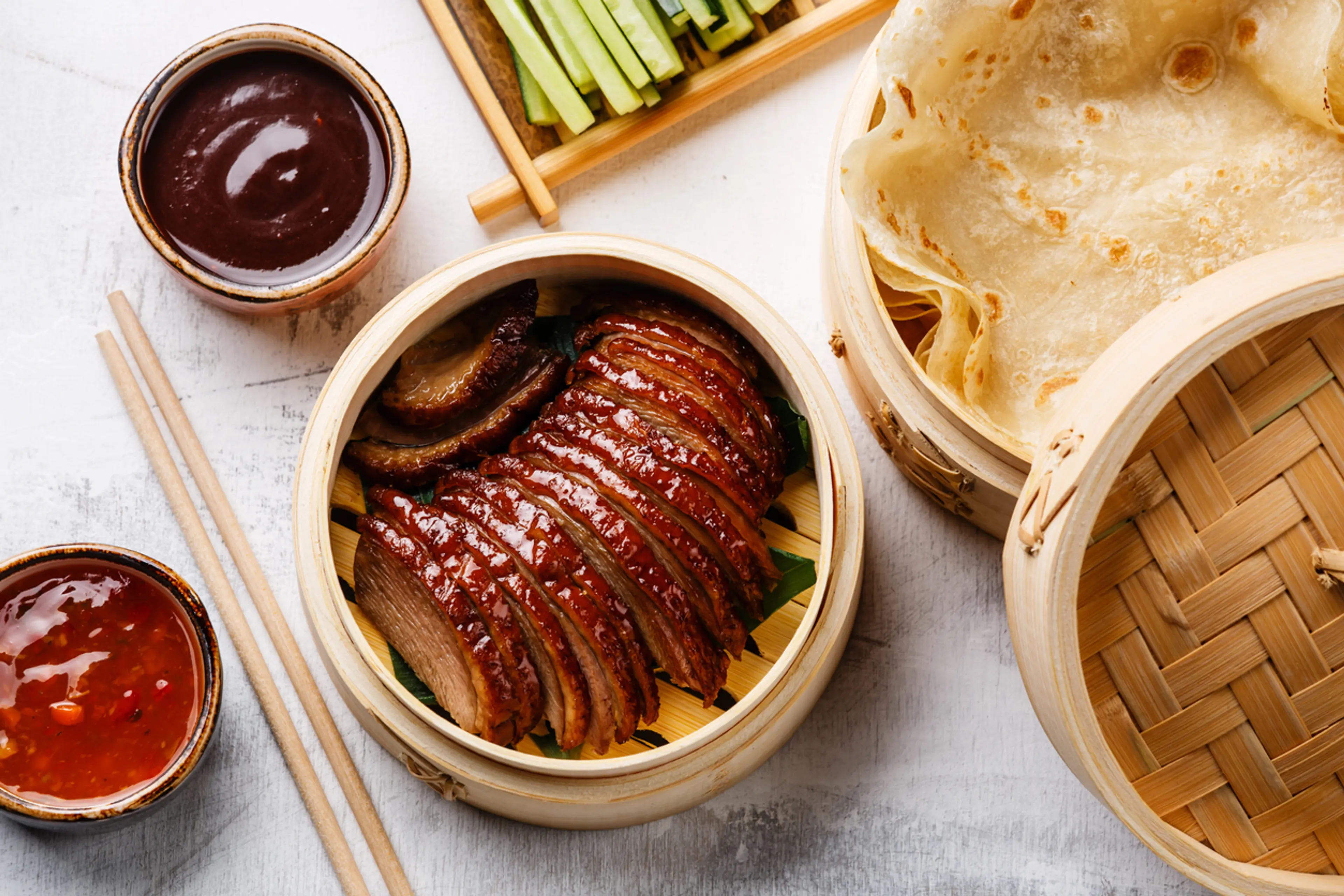
Peking Duck
A famous dish from Beijing, which is just a short distance from the Great Wall. The duck is roasted in a special oven and served with a sweet bean sauce, spring onions, and pancakes.

Jiaozi
Traditional Chinese dumplings often eaten during Chinese New Year. They are a popular food in Northern China, where the Great Wall is located.
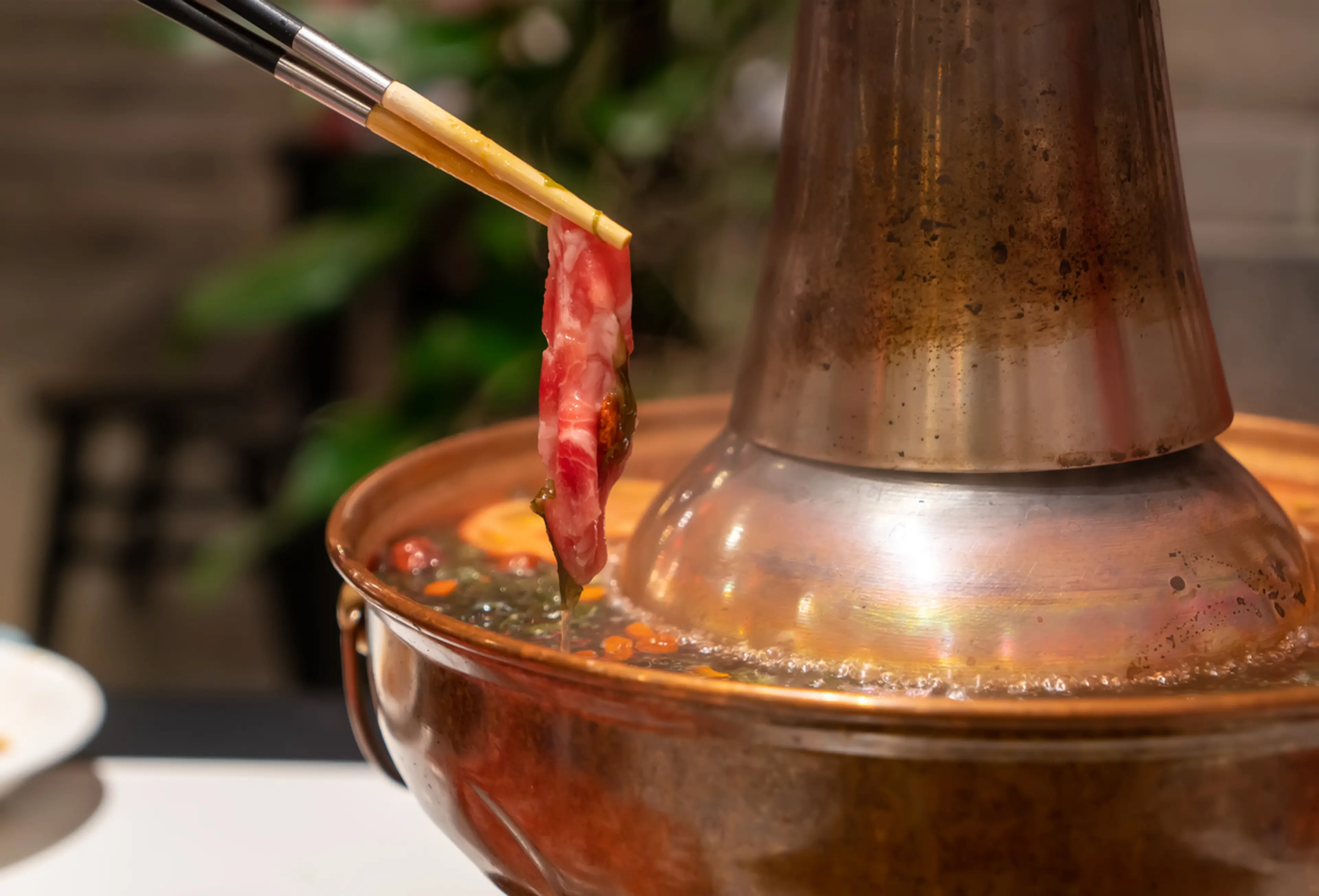
Chinese Hot Pot
A popular communal eating experience in China, particularly in the colder regions near the Great Wall. Ingredients like meat, tofu, and vegetables are cooked in a simmering pot of soup at the table.

Baozi
Steamed buns filled with various ingredients like meat and vegetables. They are a common breakfast item in Northern China.
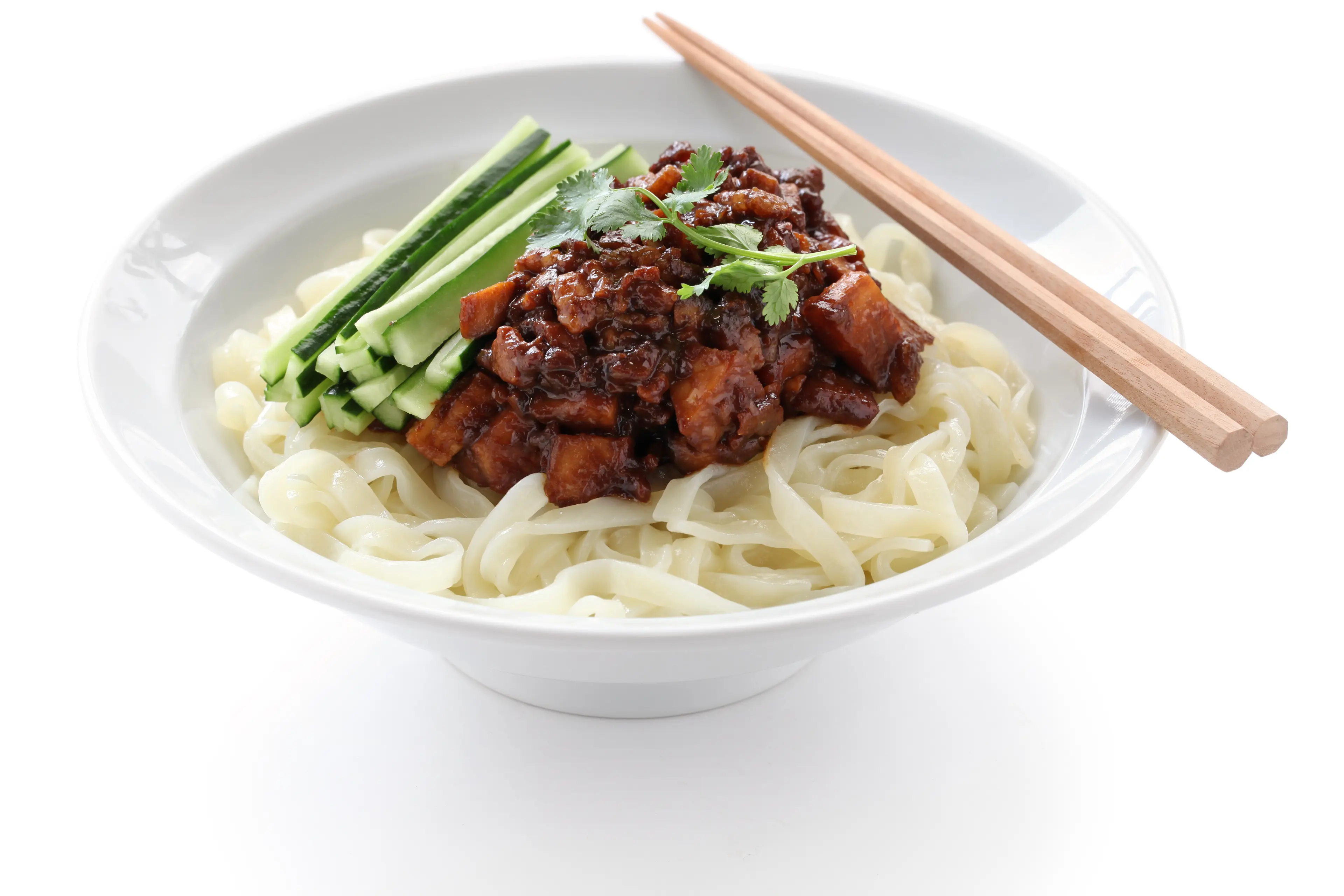
Zha Jiang Mian
A popular noodle dish in Beijing, which is near the Great Wall. The noodles are topped with a thick sauce made from stir-fried ground pork and fermented soybean paste.

Jianbing
A popular street food in Northern China. It's a type of crepe filled with various ingredients like eggs, green onions, and a crispy fried cracker.

Ma Po Tofu
A spicy tofu dish from Sichuan province. It's a popular dish in China and can be found in restaurants near the Great Wall.

Youtiao
A type of fried dough stick that is a popular breakfast item in China. It's often eaten with soy milk or porridge.

Baijiu
A strong Chinese liquor made from grain. It's the most consumed spirit in the world and is often served at celebrations.

Tsingtao Beer
A popular beer in China, brewed in the city of Qingdao. It's a common drink choice for tourists visiting the Great Wall.

Yuanxiao
Sweet dumplings made from glutinous rice flour and filled with various fillings like sesame, red bean, or peanut. They are traditionally eaten during the Lantern Festival.

Douhua
A soft tofu dessert often served with a sweet ginger syrup. It's a popular dessert in Northern China, where the Great Wall is located.
Best time to visit
The best time to visit The Great Wall of China is during the spring (April to June) and autumn (September to November). These seasons provide the most comfortable weather conditions and the scenery is also beautiful. The summer months (July and August) can be quite hot and crowded, while the winter months (December to February) can be extremely cold and icy, making the trek a bit challenging. However, if you're a fan of winter landscapes, a visit in the winter can also be quite magical. Please note that the Mutianyu section of the wall is equipped with a cable car, making it accessible year-round.
How to get around
Air Travel
The nearest airport to the Great Wall of China is the Beijing Capital International Airport. From there, you can take a taxi, bus, or hire a private car to reach the Great Wall.
Train
There are direct trains from Beijing to the Great Wall of China. The nearest train station to the Great Wall is Badaling, which is just a short taxi ride away.
Bus
There are several bus routes from Beijing to the Great Wall of China. The most popular ones are the 877 and 919, which go directly to the Badaling section of the Great Wall.
Taxi
Taxis are readily available in Beijing and can be hired to take you directly to the Great Wall. It's advisable to negotiate the fare before starting the journey.
Private Car Hire
Hiring a private car with a driver is a convenient way to get to the Great Wall. The driver can wait for you while you explore the Wall and take you back to Beijing afterwards.
Ridesharing
Ridesharing services like Didi (the Chinese equivalent of Uber) are available in Beijing and can be used to reach the Great Wall. However, keep in mind that not all drivers may be willing to go that far.
Bicycle
For the adventurous, it's possible to cycle from Beijing to the Great Wall. This is a long and challenging ride, but it offers a unique way to experience the Chinese countryside.
Foot
Once you reach the Great Wall, the best way to explore it is on foot. There are several hiking routes along the Wall, ranging from easy to challenging.
Cable Car
At some sections of the Great Wall, like Badaling and Mutianyu, there are cable cars available. These can take you up to the Wall, saving you a steep climb.
Shuttle Bus
At some sections of the Great Wall, shuttle buses are available to take visitors from the entrance to the base of the Wall.
Important information
Currency RMB
Time zoneUTC+8
Driving sideRight
Emergency phoneAmbulance: 120; Fire: 119; Police: 110, 122 (traffic accident)
Drinking waterOpt for bottled water
Power sockets
Voltage220 V
Things to know about The Great Wall of China, China as a first time visitor
1
The Great Wall of China is not a single, continuous wall but a collection of walls and fortifications.
2
The best time to visit the Great Wall is during spring (April - June) and autumn (September - November) when the weather is mild.
3
The most popular sections to visit are Badaling and Mutianyu, which are well-preserved and easily accessible from Beijing.
4
The Great Wall can be very steep in some sections. Wear comfortable, sturdy shoes and be prepared for a strenuous hike.
5
Bring plenty of water and snacks. There are limited facilities on the wall itself.
6
The wall can be very crowded, especially during Chinese holidays and weekends. Try to visit on a weekday if possible.
7
The weather can change quickly on the wall. Dress in layers and bring a rain jacket.
8
Sunscreen and a hat are recommended as there is little shade on the wall.
9
Be respectful of the wall and its history. Do not litter or deface the wall in any way.
10
The Great Wall is very long, stretching over 13,000 miles. Plan your visit carefully and don't try to see too much in one day.
11
The wall is not wheelchair or stroller accessible. It is not recommended for those with mobility issues.
12
There are many tours available that include transportation, a guide, and sometimes meals. Consider booking one if you're not comfortable navigating on your own.
13
The temperature can vary greatly between the base and the top of the wall. It can be as much as 10 degrees cooler at the top (50°F/10°C cooler).
14
There are cable cars available at some sections of the wall, which can save you a strenuous climb.
15
Beware of vendors selling souvenirs on the wall. Their prices are often inflated and they can be very persistent.
16
Toilets on the wall are very basic and often lack toilet paper. Bring your own.
17
There is a fee to enter the wall. The price varies by section but is generally around 40-60 CNY.
18
The Great Wall is a UNESCO World Heritage Site. Treat it with respect and follow all posted rules and regulations.
19
In winter, some sections of the wall can be icy and dangerous. Check the weather and conditions before you go.
20
Remember to take plenty of photos. The views from the wall are spectacular and it's a once-in-a-lifetime experience.
Basic Mandarin Chinese to know as a first time visitor
English phrase | Native phrase | Pronunciation | When to use it |
|---|---|---|---|
Hello | 你好 | Ni hao | Greeting someone |
Goodbye | 再见 | Zai jian | Leaving or saying goodbye |
Thank you | 谢谢 | Xie xie | Showing appreciation |
Please | 请 | Qing | Making a request |
Excuse me | 对不起 | Dui bu qi | Getting attention or apologizing |
Yes | 是 | Shi | Agreeing or confirming |
No | 不是 | Bu shi | Disagreeing or denying |
I don't understand | 我不懂 | Wo bu dong | When you don't understand what was said |
Do you speak English? | 你会说英语吗? | Ni hui shuo ying yu ma? | Trying to find someone who speaks English |
I'm lost | 我迷路了 | Wo mi lu le | When you are lost |
Where is the bathroom? | 洗手间在哪里? | Xi shou jian zai na li? | Looking for a bathroom |
How much does this cost? | 这个多少钱? | Zhe ge duo shao qian? | Asking for the price |
Help | 帮助 | Bang zhu | When you need assistance |
Food | 食物 | Shi wu | When you're looking for something to eat |
Water | 水 | Shui | When you're thirsty |
Taxi | 出租车 | Chu zu che | When you need a taxi |
Hotel | 酒店 | Jiu dian | When you need to find a hotel |
Great Wall of China | 中国的长城 | Zhong guo de chang cheng | When you want to go to the Great Wall of China |
Beautiful | 美丽 | Mei li | Complimenting something or someone |
I'm sorry | 对不起 | Dui bu qi | Apologizing |
Packing List
Clothing
Comfortable walking shoes
Lightweight clothing
Warm jacket (for cooler months)
Rain jacket or umbrella
Hat or cap for sun protection
Sunglasses
Scarf (for dust and wind protection)
Toiletries
Sunscreen
Hand sanitizer
Travel-sized toiletries (shampoo, soap, toothpaste)
Toothbrush
Deodorant
Personal medication
First-aid kit (band-aids, antiseptic wipes, tweezers)
Insect repellent
Travel documents and essentials
Passport
Visa (if required)
Travel insurance documents
Hotel booking confirmation
Local currency (Chinese Yuan)
Credit and debit cards
Emergency contact information
Map and guidebook
Electronics and gadgets
Smartphone
Portable charger
Headphones
Camera
Memory cards for camera
Travel adapter for China
Miscellaneous items
Snacks and bottled water
Travel pillow and blanket
Tissues or wet wipes
Small backpack for day trips
Reusable water bottle
Binoculars
Notebook and pen
Weather Conditions
Visiting the Great Wall of China can be a breathtaking experience, but it's important to consider the weather conditions to make the most of your trip. The weather can vary greatly depending on the time of year and the section of the wall you plan to visit. Spring (April to June) and autumn (September to November) are generally the best times to visit the Great Wall. During these periods, the weather is typically mild with temperatures ranging from 50-75°F (10-24°C), offering comfortable conditions for hiking and sightseeing. However, it's worth noting that spring can be quite windy and autumn can be a bit crowded due to the beautiful fall foliage. Summer (July to August) can be quite hot with temperatures often reaching up to 90°F (32°C), and there's also a higher chance of rainfall. If you're planning to visit during this time, be sure to bring plenty of water, sunblock, and rain gear just in case. Winter (December to February) is the least crowded time to visit, but it's also the coldest with temperatures often dropping below freezing, sometimes as low as 14°F (-10°C). The snow-covered Great Wall can be a spectacular sight, but it can also make the steps slippery and dangerous. If you're planning a winter visit, be sure to dress warmly and wear sturdy, non-slip shoes. Regardless of when you visit, it's always a good idea to check the local weather forecast before your trip and prepare accordingly. Also, remember that the weather can change quickly in the mountains, so it's wise to bring layers and be prepared for various conditions.
| Month | Hi / Lo (°C) | Weather Overview |
|---|---|---|
January | 2° / -10° | January is the coldest month in the Great Wall of China, with temperatures often dropping below freezing. Dress warmly and be prepared for possible snowfall. |
February | 5° / -7° | February is still quite cold, but temperatures start to rise slightly. Snowfall is less likely, but still possible. |
March | 11° / -1° | March sees a significant increase in temperature, but it can still be chilly, especially in the early mornings and late evenings. |
April | 23° / 5° | April is a comfortable month to visit the Great Wall, with mild temperatures and less crowd. However, it can be a bit windy. |
May | 29° / 11° | May is a popular time to visit the Great Wall, with warm temperatures and clear skies. It's a great time for hiking and photography. |
June | 32° / 16° | June is the start of the summer season, with hot temperatures and occasional rain showers. It's a good time to visit if you don't mind the heat. |
July | 32° / 20° | July is the hottest month in the Great Wall of China. It can be quite crowded, and there may be occasional thunderstorms. |
August | 31° / 19° | August is still quite hot, but temperatures start to drop slightly. It's a good time to visit if you want to avoid the peak summer crowds. |
September | 26° / 14° | September is a pleasant month to visit the Great Wall, with mild temperatures and less crowd. The weather is perfect for hiking and sightseeing. |
October | 19° / 7° | October is a beautiful time to visit the Great Wall, with fall colors and comfortable temperatures. However, it can get a bit chilly in the evenings. |
November | 10° / 0° | November sees a significant drop in temperature, and it can be quite cold, especially in the early mornings and late evenings. Dress warmly and be prepared for possible snowfall. |
December | 3° / -7° | December is a cold month in the Great Wall of China, with temperatures often dropping below freezing. It's a good time to visit if you want to see the Great Wall covered in snow. |
Did you know?
Places near by The Great Wall of China, China

Beijing Capital Museum
A modern museum showcasing Chinese art and history, including ancient bronzes, ceramics, jade artifacts and Buddhist statues.

Summer Palace
A vast ensemble of lakes, gardens and palaces in Beijing. It was an imperial garden in the Qing Dynasty.

Temple of Heaven
An imperial complex of religious buildings situated in the southeastern part of central Beijing.

Yonghe Temple
Also known as Lama Temple, it is one of the largest and most important Tibetan Buddhist monasteries in the world.

Tiananmen Square
One of the world's largest city squares, it has great cultural significance as it was the site of several important events in Chinese history.

Beijing National Stadium
Also known as the Bird's Nest, it was designed for use throughout the 2008 Summer Olympics and Paralympics.

798 Art District
A part of Dashanzi in the Chaoyang District of Beijing that houses a thriving artistic community.

Beijing Zoo
One of the oldest zoos in China and has one of the largest animal collections in the country.

Beihai Park
One of the oldest, largest and best-preserved ancient imperial gardens in China located in Beijing.
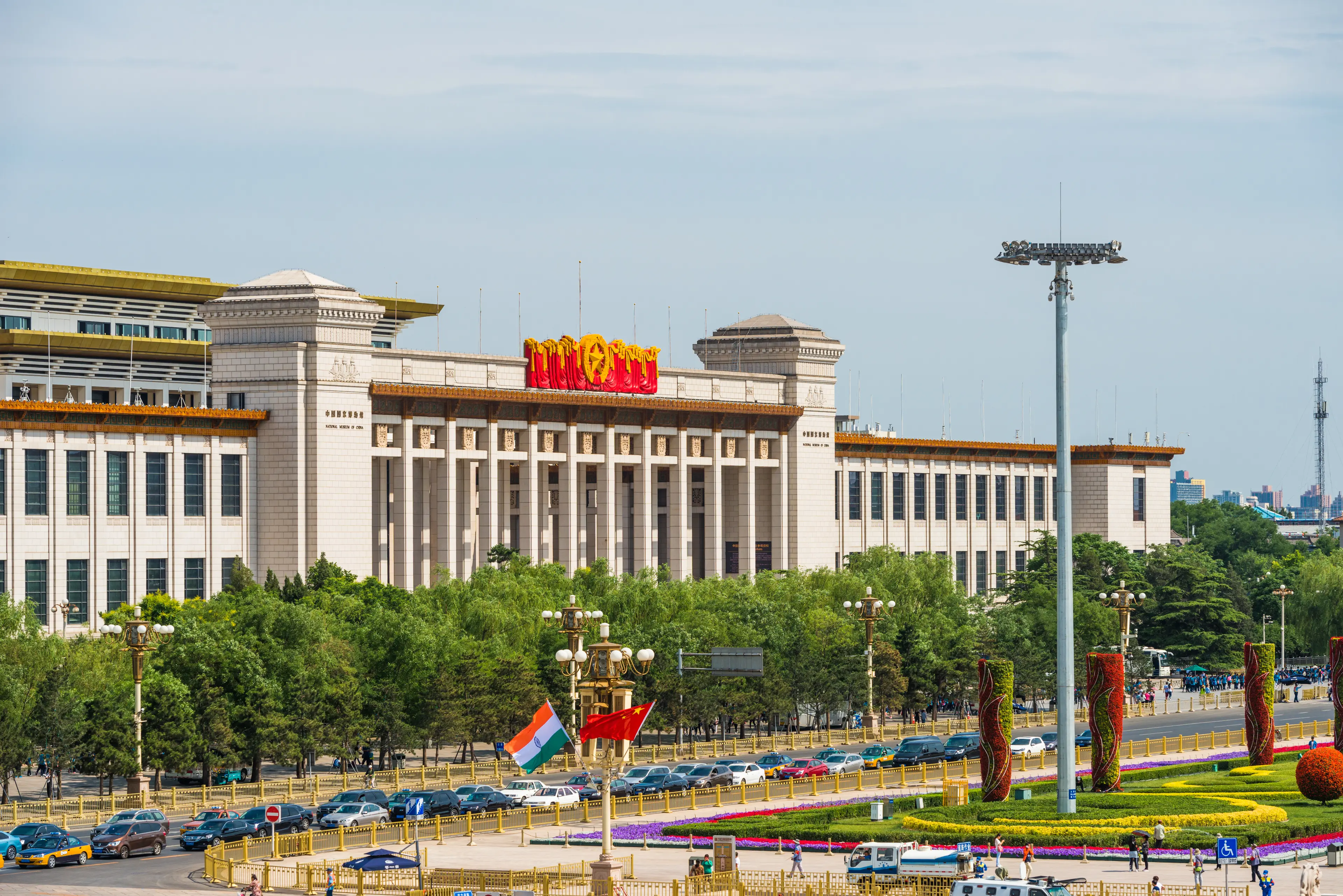
National Museum of China
Located in Tiananmen Square, it is one of the largest museums in the world.

